Step-by-Step Guide to Conducting a Well-Architected Review
- Nitin Yadav
- Knowledge
About
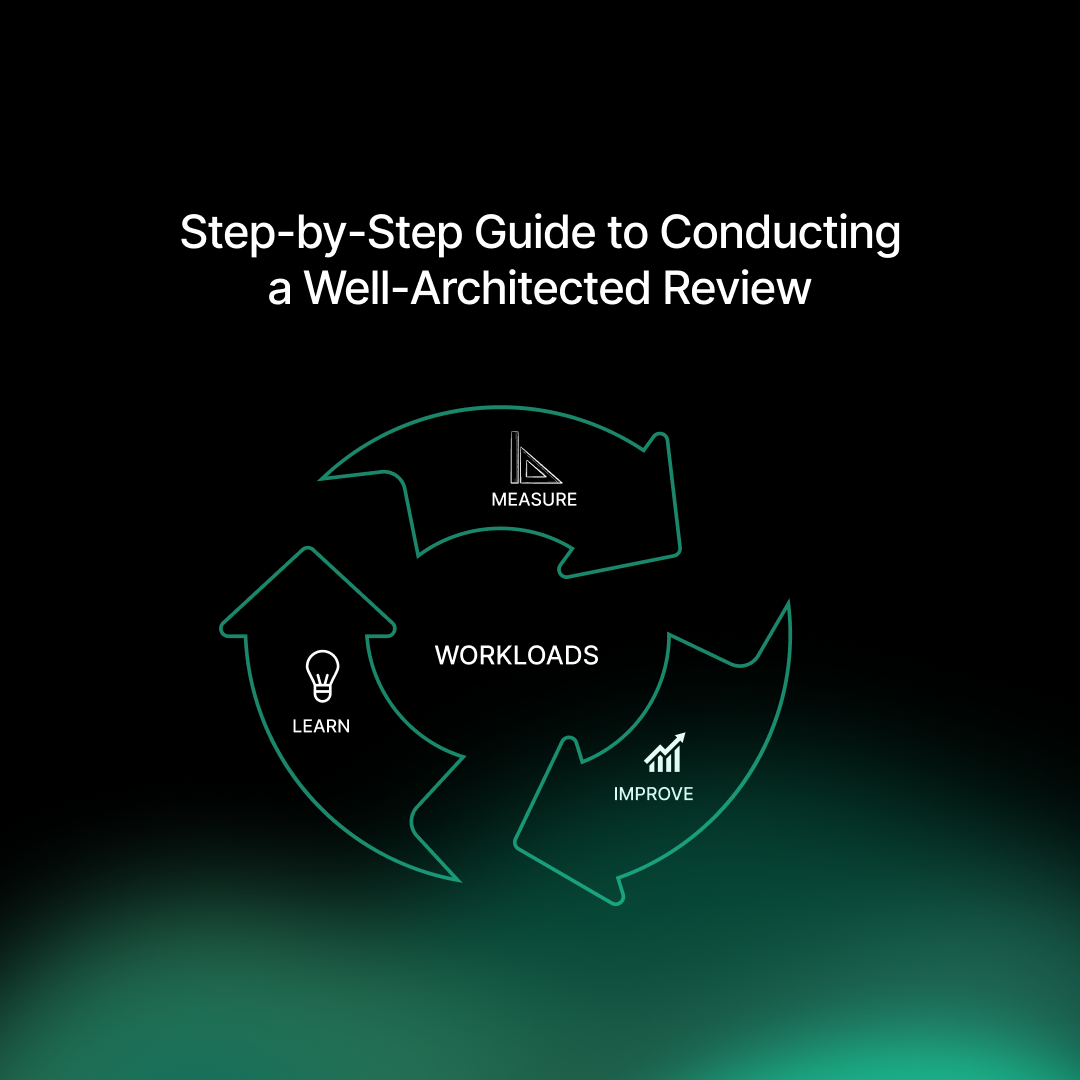
Industries
- AWS, AWS WELL ARCHITECTED REVIEW
Share Via
Introduction
The AWS Well-Architected Framework is a comprehensive set of best practices, principles, and evaluation guidelines designed to help businesses build robust, scalable, and cost-effective cloud architectures. By leveraging this framework, organizations can align their cloud systems with AWS best practices, ensuring reliability, security, and efficiency while optimizing costs.
This guide explores the six pillars of the AWS Well-Architected Framework, their significance, and how they empower businesses to design high-performing cloud solutions.
Step 1: Prepare for the Review
Preparation is critical to a successful Well-Architected Review. This step involves gathering the necessary information and assembling the right stakeholders.
Key Actions:
- Identify the Workload: Define the workload to be reviewed, such as an application, service, or infrastructure component.
- Assemble a Team: Include stakeholders such as cloud architects, application owners, and security experts.
- Gather Documentation: Collect relevant architectural diagrams, workload requirements, and operational metrics.
- Understand the Pillars: Familiarize the team with the six pillars of the Well-Architected Framework.
Step 2: Define Business Objectives
Aligning the review with your business objectives ensures that the findings and recommendations provide meaningful value.
Key Actions:
- Understand Business Goals: Identify objectives such as reducing costs, improving reliability, or enhancing performance.
- Prioritize Pillars: Determine which pillars are most critical to the workload’s success.
- Set Evaluation Criteria: Define metrics and benchmarks to measure the workload’s performance against each pillar.
Step 3: Conduct Pillar-Specific Assessments
Each pillar of the Well-Architected Framework focuses on a specific aspect of workload design. Assess your workload against the best practices and guidelines for each pillar.
1. Operational Excellence:
- Key Questions:
- How do you monitor workloads and remediate issues?
- Are operational tasks automated where possible?
- Tools: AWS CloudFormation, Amazon CloudWatch, AWS Config.
2. Security:
- Key Questions:
- How do you protect data at rest and in transit?
- Are permissions managed using the principle of least privilege?
- Tools: AWS IAM, AWS Key Management Service (KMS), AWS CloudTrail.
3. Reliability:
- Key Questions:
- How do you recover from infrastructure or service disruptions?
- Are failure recovery mechanisms automated?
- Tools: AWS Auto Scaling, Amazon Route 53, AWS Backup.
4. Performance Efficiency:
- Key Questions:
- Are resources provisioned to match workload demands?
- How do you optimize resource usage for performance?
- Tools: AWS Elastic Load Balancing, AWS Lambda, Amazon RDS.
5. Cost Optimization:
- Key Questions:
- How do you monitor and manage costs?
- Are there unused or underutilized resources?
- Tools: AWS Cost Explorer, AWS Budgets, AWS Trusted Advisor.
6. Sustainability:
- Key Questions:
- How do you minimize environmental impact?
- Are energy-efficient practices implemented in workload design?
Tools: AWS Compute Optimizer, Amazon EC2 Auto Scaling.
Step 4: Identify and Prioritize Risks
Use the insights from the pillar assessments to identify potential risks and areas for improvement.
Key Actions:
- Document Findings: Record observations and gaps for each pillar.
- Assess Impact: Evaluate the severity of risks based on their potential business impact.
- Prioritize Issues: Rank risks by urgency and importance to address critical areas first.
Step 5: Develop an Improvement Plan
Create a detailed action plan to address identified risks and align your workload with Well-Architected best practices.
Key Actions:
- Define Remediation Steps: Specify actions required to resolve each risk.
- Assign Ownership: Allocate tasks to appropriate team members or departments.
- Set Timelines: Establish deadlines for implementing improvements.
- Leverage AWS Tools: Use AWS services and tools to streamline remediation.
Step 6: Implement Recommendations
Execute the improvement plan by implementing the necessary changes to your workload.
Key Actions:
- Monitor Progress: Use project management tools to track implementation.
- Test Changes: Validate that changes achieve the desired outcomes without introducing new issues.
- Update Documentation: Revise architectural diagrams and operational procedures to reflect updates.
Step 7: Conduct a Follow-Up Review
Reassess the workload to ensure that implemented changes have resolved identified risks and achieved the desired outcomes.
Key Actions:
- Reevaluate Workload: Review the workload against the framework’s pillars.
- Measure Improvements: Compare metrics and performance before and after remediation.
- Establish Continuous Review Cycles: Schedule periodic reviews to maintain alignment with best practices.
Conclusion
A Well-Architected Review is a powerful tool for improving the reliability, security, and efficiency of your AWS workloads. By following this step-by-step guide, organizations can systematically assess their cloud architectures, address risks, and ensure alignment with AWS best practices. Regularly conducting these reviews enables businesses to adapt to evolving needs, optimize costs, and maintain robust, scalable cloud systems.
Frequently asked questions
A Well-Architected Review is a structured process to evaluate cloud workloads against AWS’s best practices, focusing on six key pillars: Operational Excellence, Security, Reliability, Performance Efficiency, Cost Optimization, and Sustainability.
It helps identify risks, optimize costs, enhance security, and ensure that cloud workloads meet performance and reliability requirements.
The six pillars are Operational Excellence, Security, Reliability, Performance Efficiency, Cost Optimization, and Sustainability.
Preparation involves identifying the workload to be reviewed, gathering architectural documentation, assembling stakeholders, and understanding the framework’s six pillars.
AWS tools like CloudFormation, CloudWatch, Trusted Advisor, IAM, and Cost Explorer are used to monitor, assess, and optimize workloads.
Risks are identified by evaluating the workload against the framework’s pillars, answering key questions, and documenting gaps or vulnerabilities.
Business objectives guide the prioritization of improvements and ensure that the review aligns with organizational goals like cost reduction or enhanced security.
Create an action plan that includes remediation steps, assigns ownership, and uses AWS tools to resolve identified risks.
Regular reviews ensure continuous alignment with best practices, improved workload performance, cost optimization, and proactive risk management.
SquareOps provides expertise in conducting Well-Architected Reviews, helping organizations optimize workloads, address risks, and achieve operational excellence.
Related Posts
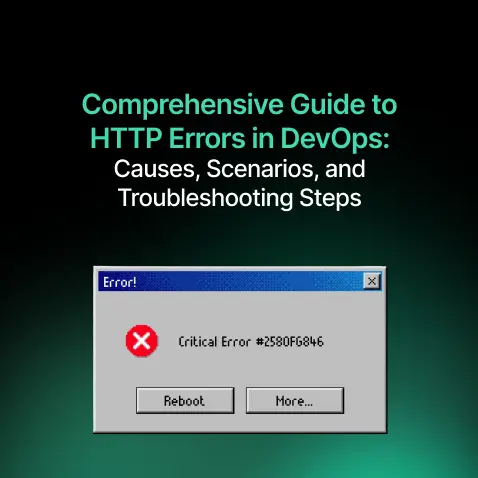
Comprehensive Guide to HTTP Errors in DevOps: Causes, Scenarios, and Troubleshooting Steps
- Blog
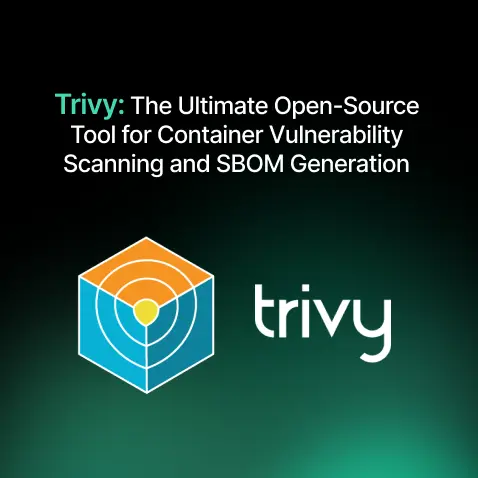
Trivy: The Ultimate Open-Source Tool for Container Vulnerability Scanning and SBOM Generation
- Blog
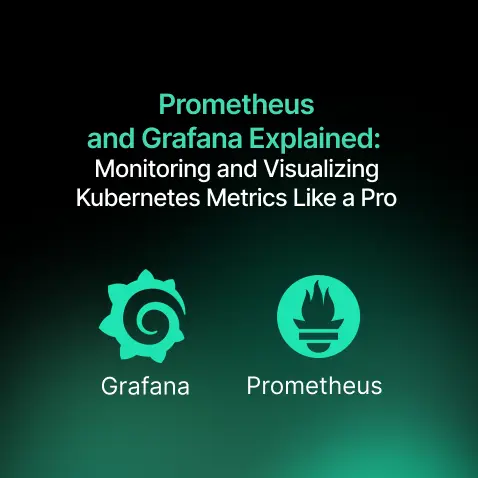
Prometheus and Grafana Explained: Monitoring and Visualizing Kubernetes Metrics Like a Pro
- Blog
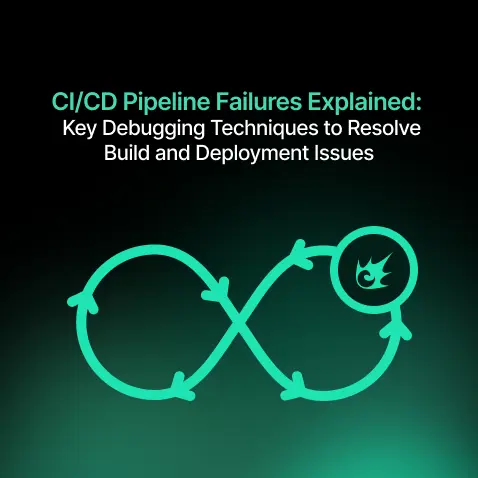
CI/CD Pipeline Failures Explained: Key Debugging Techniques to Resolve Build and Deployment Issues
- Blog
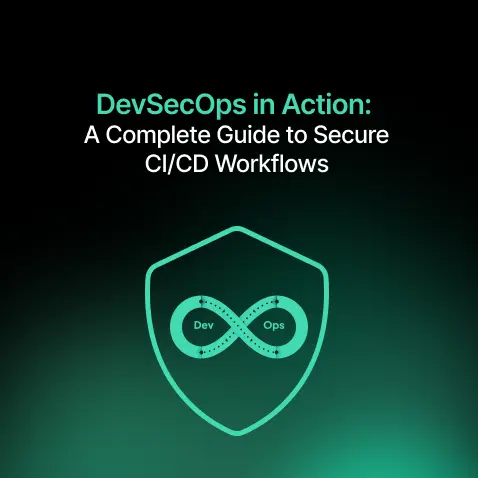
DevSecOps in Action: A Complete Guide to Secure CI/CD Workflows
- Blog

AWS WAF Explained: Protect Your APIs with Smart Rate Limiting
- Blog

